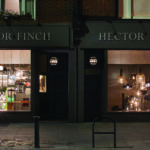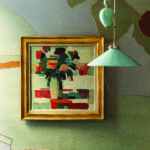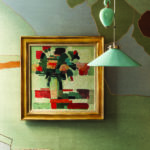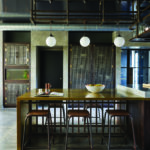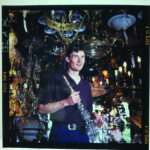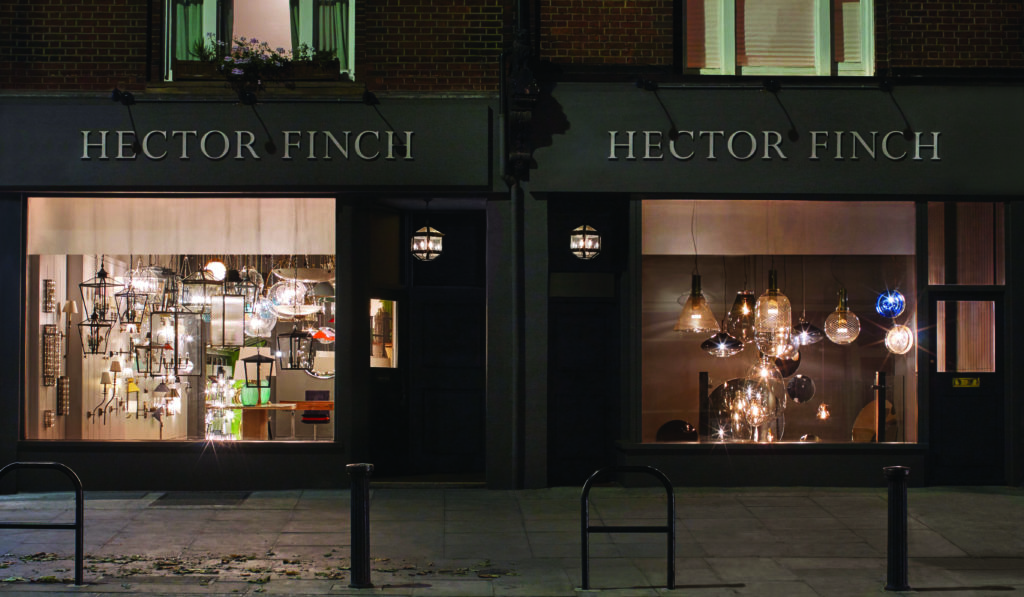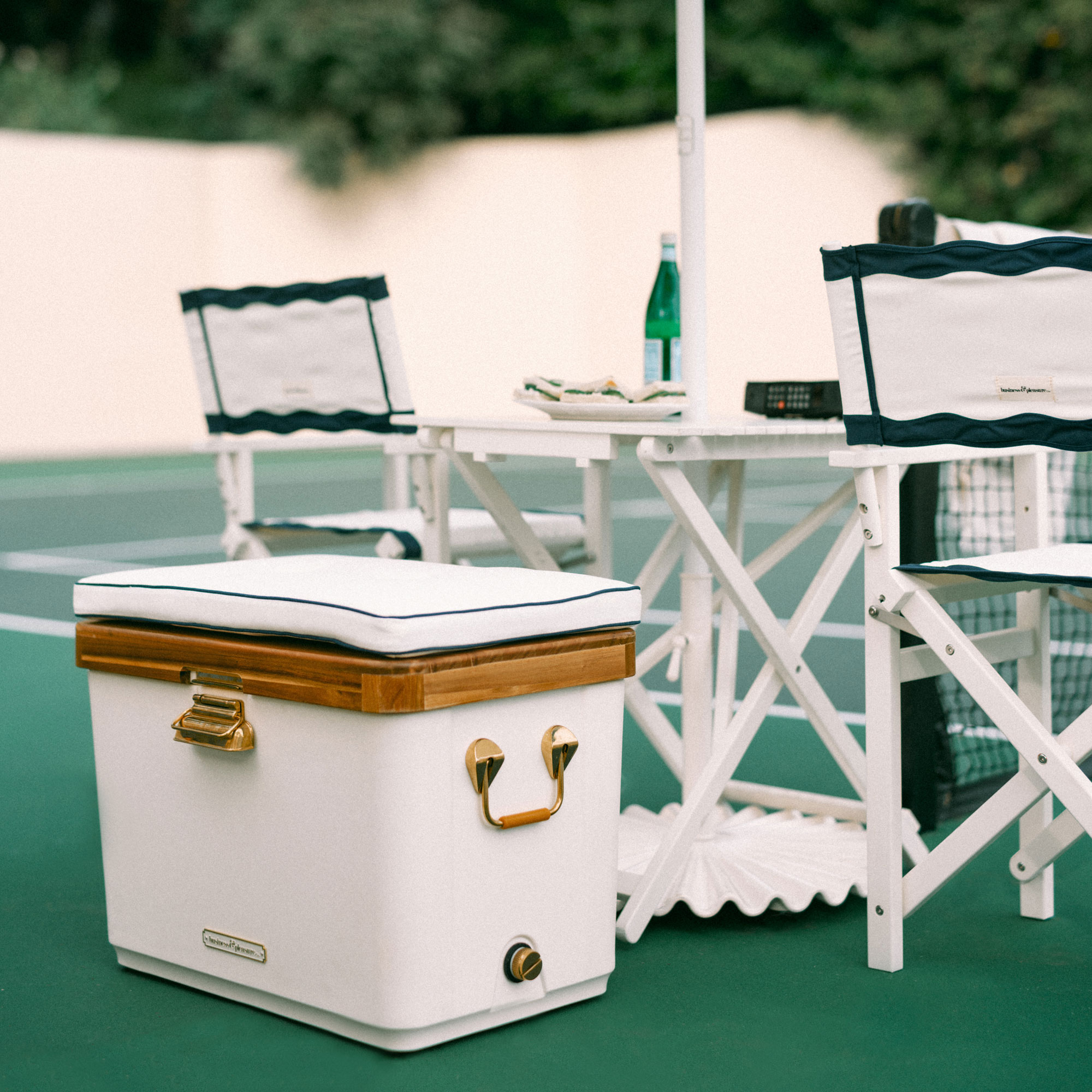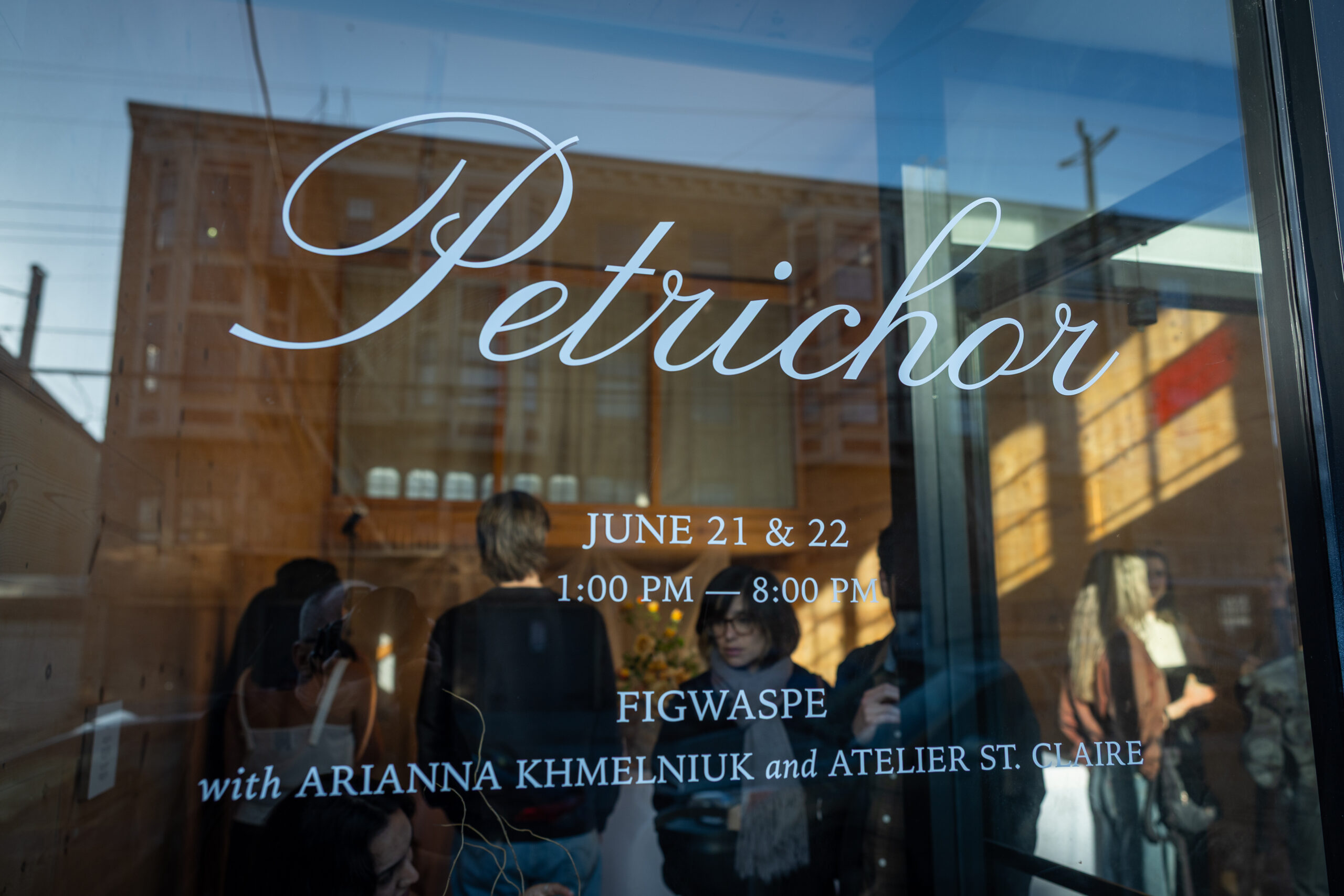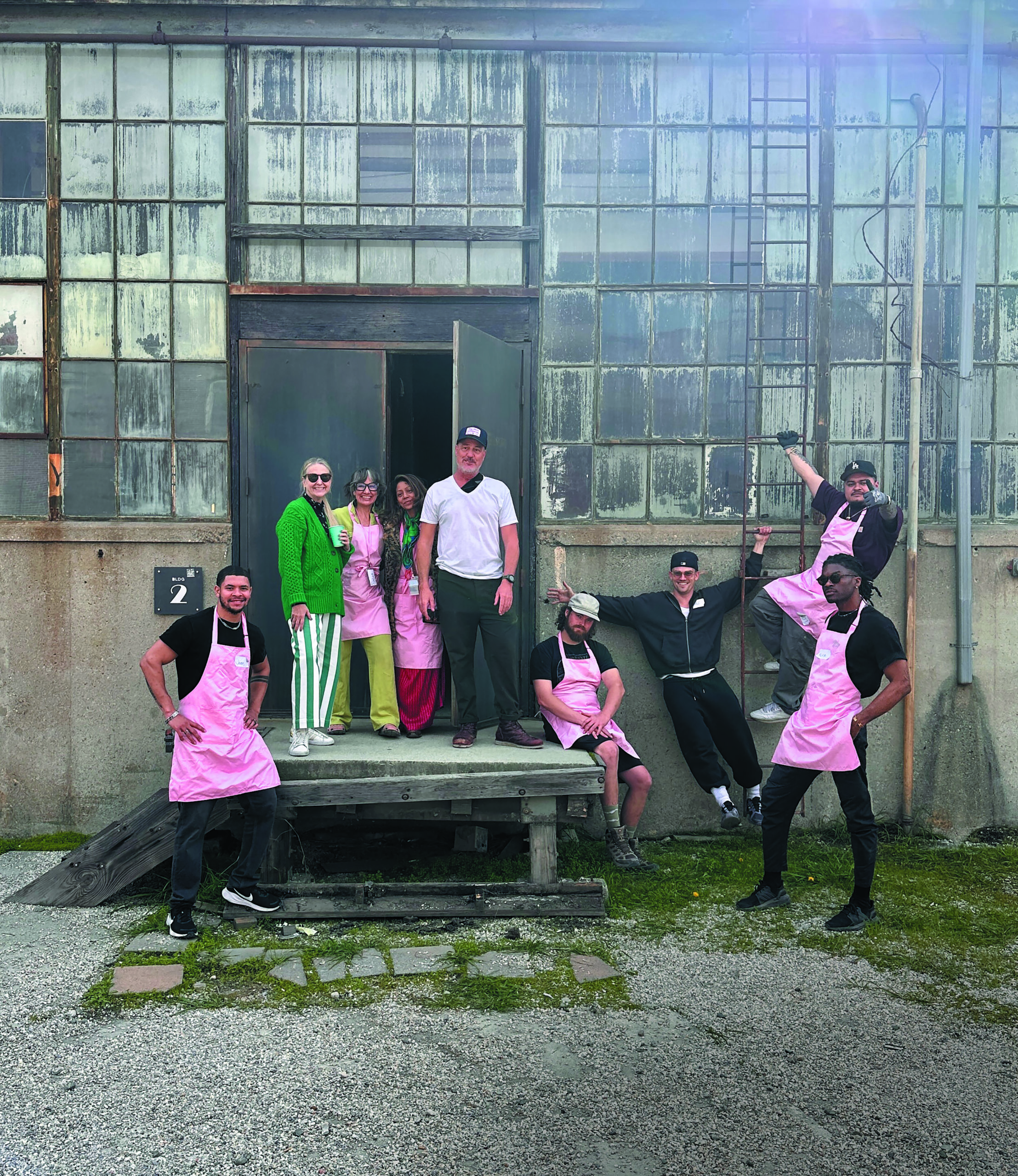Going the Distance
Author:Lindsey ShookBritish-born Hector Finch sheds light on their family-run business
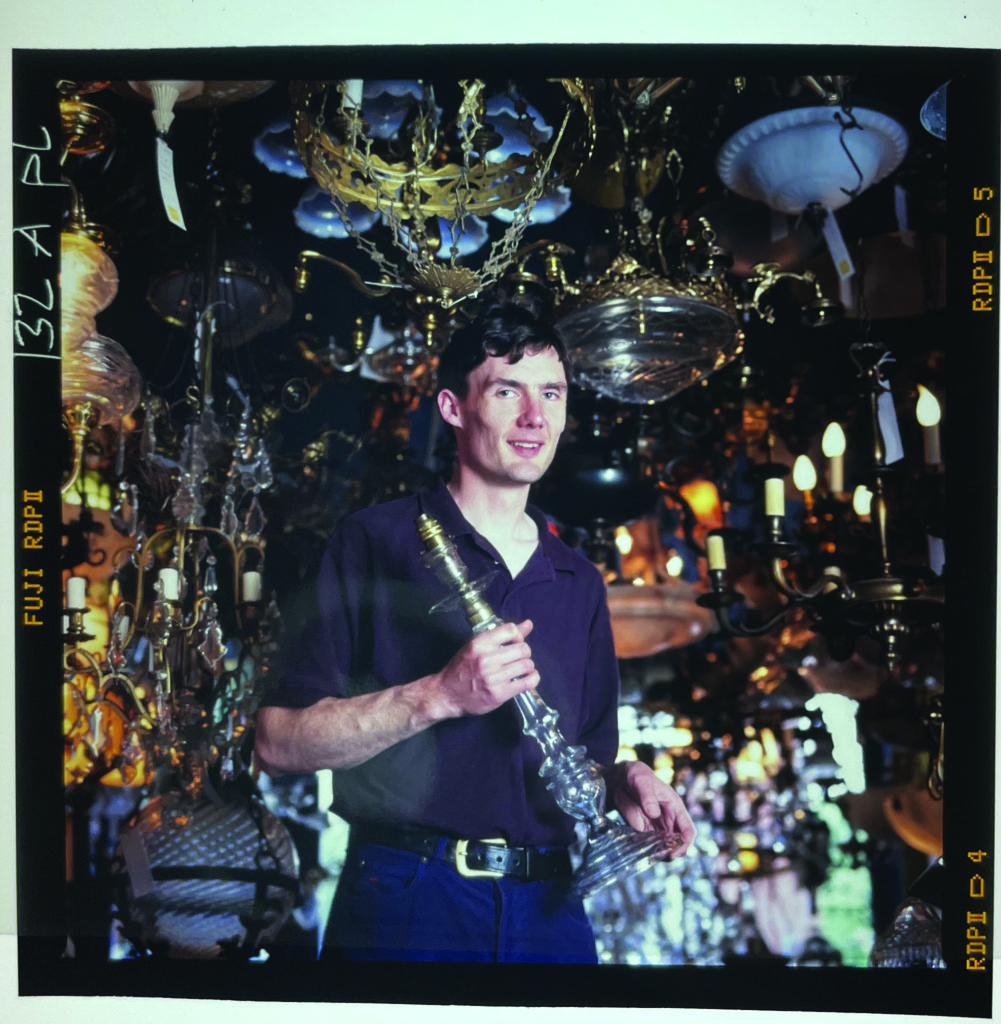
Hector Finch began in the 1980s as a small antique lighting shop in Lancashire, England, and is now one of the trade’s most sought-after lighting brands. Known for their wide range of collections, each piece is thoughtfully composed with a modern sensibility while honoring the company’s antique roots. Founder Hector Finch began the business by traveling around the globe with his father in search of unique pieces from private collections and dealers. When his wife, Emma, joined the team, they took their business to a new level by designing lighting collections that would define their signature style and expand their global reach. Now celebrating 25 years in business, Emma Finch shares with us what family values and processes empower their long-lasting presence.
–How do your family values contribute to the success of the business? As a family we have always believed that being open and honest with each other is the best policy, and we have followed this maxim in our business proceedings. Transparency is the best policy for managing customers’ expectations, and we have always tried to be fair when dealing with suppliers and staff.
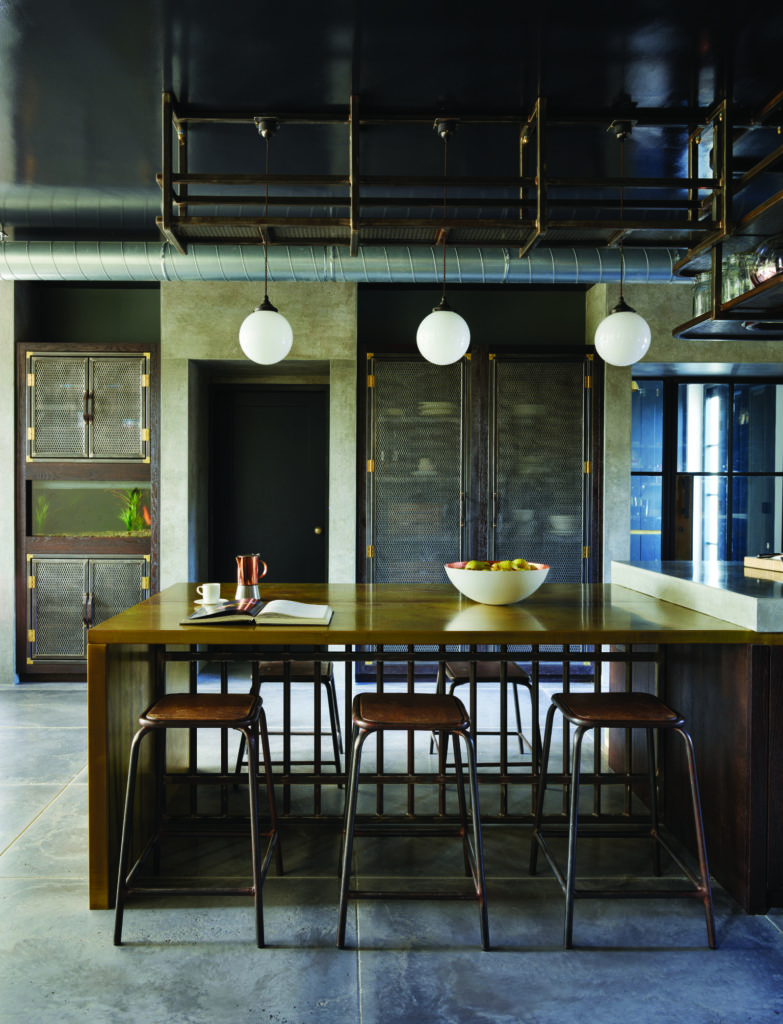
-You are celebrating your 25th anniversary of being in business. What does that mean to you?
We have come such a long way since Hector started buying, restoring and selling antique light fittings in the 1990s—the business today is a completely different entity compared to how it started out. The comment that was most offered in the early days was that the shop was an Aladdin’s cave full of interesting vintage pieces—from early English light fittings made by Osler and Faraday to 1950s Spanish iron and contemporary Moroccan lanterns. It was a vast array, and in those days designers often came to purchase for restaurants, hotels and private country houses. The journey that we have been on to arrive at the business today has been interesting, hard work and often a case of jumping in the deep end and hoping we could swim! We are immensely proud to have established a well-respected brand with a global reach and are particularly grateful to our U.S. partners, who have enabled us to grow exponentially in the States. We have been so fortunate to be represented by showrooms that we can have personal relationships with, which is so important to a small family brand such as ours.
–What has been the greatest challenge that you faced in the past 25 years?
There hasn’t been one single challenge as such, but we have had to ride the waves of recession, booms and Covid, while reacting nimbly to all. Like all self-funded businesses, it is important to remain cash solvent at all times and to manage cash flow sensitively and keep calm! We have moved our London and New York showrooms three times, each time improving the quality of space and the display, and in the middle of the Covid crisis we moved to new warehouse, workshop and head office premises, which has totally transformed our production capability and efficiency. Stock control, particularly when we are reliant on so many people to produce our components, is always challenging, and we are looking at introducing a bar code system to streamline this further.
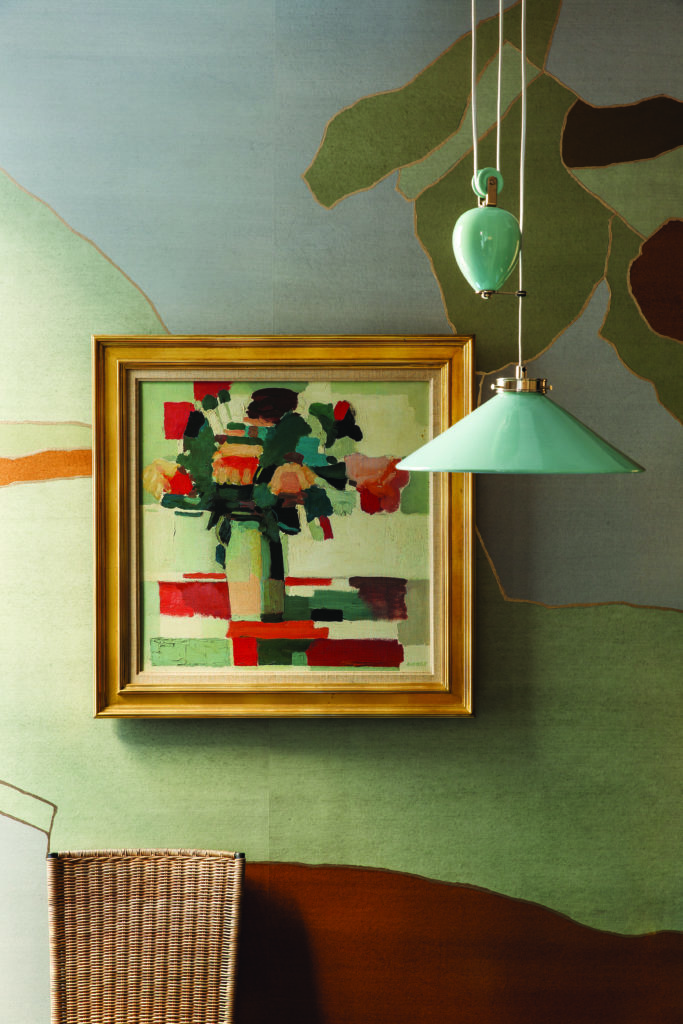
–How does antique lighting guide the current design direction? I would say that Hector’s knowledge of period styles is the background music to everything that he designs today, but no longer the main melody. Some of our early products were copies or adaptations of vintage designs, but as Hector’s confidence has increased he has moved into different styles and forms with a nod to the past. What informs the design process is the consideration of correct proportion, clean lines and the integrity of materials. Hector has always espoused the less is more philosophy, preferring a simplified, pared-back aesthetic to one with ornament or extraneous detail.
–What role does craftsmanship play in the production? Craftsmanship is absolutely central to everything we do. We employ a highly skilled metal worker who can machine the crisp square but curved profile of a Starback wall light out of a piece of solid brass—no mean feat and one that is only achievable by someone with 40 years’ experience. Similarly, the Lucia ceramic shades are hand thrown on a wheel, even the 18-inch ones, and the man who makes them only checks the measurements at the end, having produced a perfect shade by eye! All our Murano glass is mouth-blown in factories that date back centuries and the color recipes are closely guarded secrets, handed down through generations. I think it is safe to say that craftsmanship informs every single process and we cherish the opportunity to support artisans and enable the perpetuation of their valuable skills.
